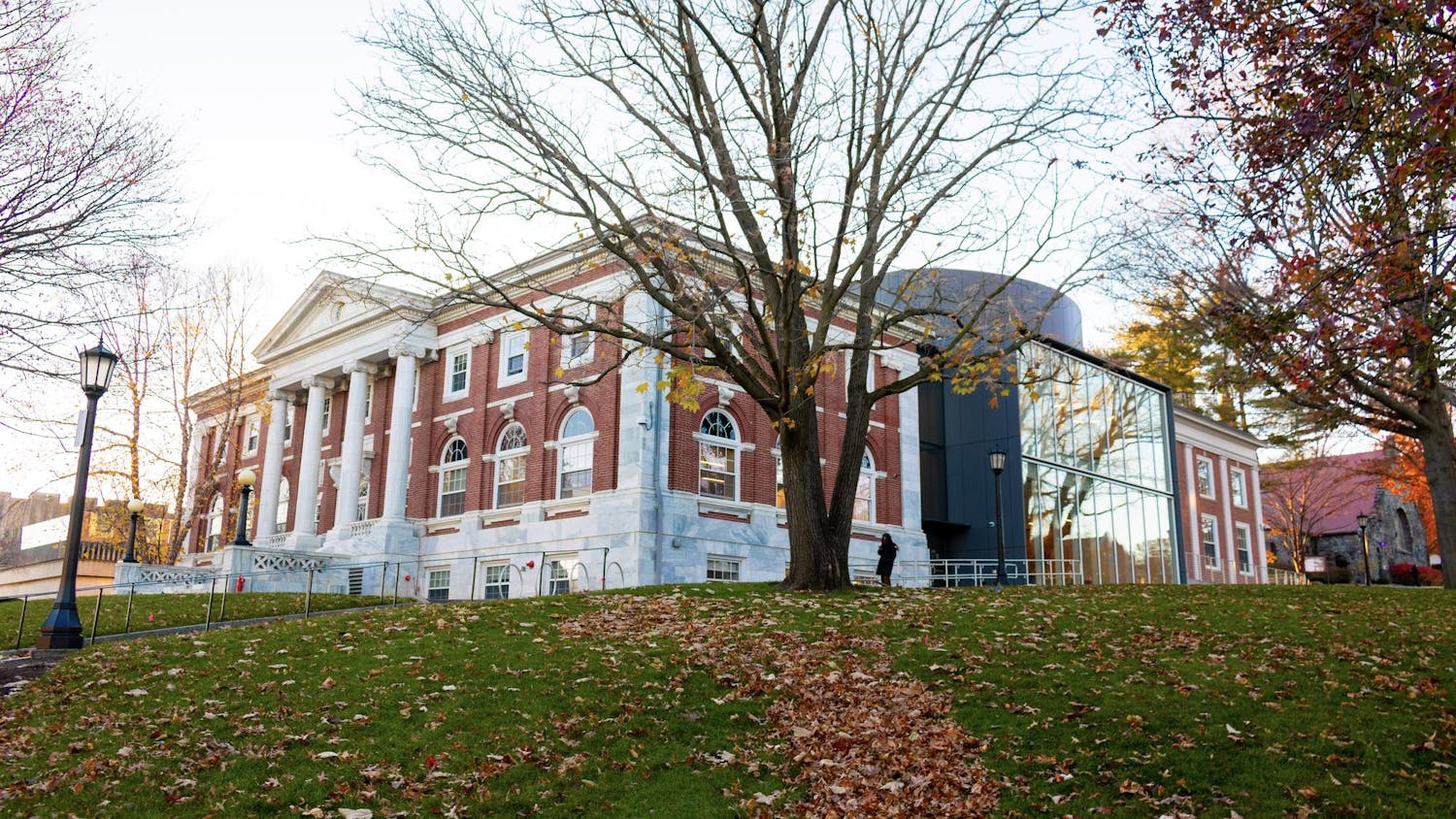In what is a massively unsurprising turn of events, within the past month, long swaths of the Green Line Extension between the Medford/Tufts and Lechmere stations have forced trains to move at three miles per hour. What has the MBTA’s response been? Empty pacification. Phillip Eng, the MBTA’s recently appointed general manager, called the slowdown “unacceptable,” saying that as a Green Line rider himself, he sympathizes with the public’s frustration. That doesn’t change the fact that, in the weeks since the slowdown, we’ve gotten little more information on what the issue is beyond one interesting revelation: The tracks are narrowing.
If that sounds crazy to you, that’s because it is. Train tracks typically don’t get narrower; the rare cases in which they do are usually isolated occurrences caused by rail rotting that happen over decades. The MBTA, in its typical fashion, has little to say about how this has been happening. The Green Line Extension opened just 10 months ago. And yet, somehow, the MBTA was either unaware of the fact that these tracks were narrowing, or was aware and decided not to do or say anything about it until recently. Neither of these scenarios sound very appealing to me.
This is only one of a number of disruptions plaguing subway riders. Track issues have been around for years, and it hasn’t been until recently that we’ve gotten stronger action or accountability from the MBTA about them. It was only after TransitMatters, a transportation advocacy group based in Massachusetts, launched their slow zone tracker in May 2022 that any information about slow zones was even publicly distributed on a wide scale. To their credit, the MBTA did release a more comprehensive Speed Restrictions Dashboard on their website in February 2023. This feels like too little, too late, considering the remarkable amount of time it’s taking to fix these slow zones and the numerous service disruptions that have occurred in order to remedy them.
These service disruptions have been poorly communicated. They often come no more than a month in advance, and — as in the case of a closure of the Green Line Extension between East Somerville and Union Square earlier this year — are prone to change. This volatility in communication can have severe consequences for local commuters, who rely on this system to get them to school and work.
The MBTA’s habit of pushing back deadlines has been highly disruptive to riders as well, a fact acutely felt by Tufts students. Planning for the Medford branch of the Green Line Extension began in 1994 and it was originally slated to open in December 2011. The Medford branch, of course, didn’t open for another 11 years. Explanations for these delays have often been cagey; in one case, the MBTA claimed that “challenges reaching productivity targets” were the reason for yet another pushback of the deadline.
It is easy to critique the MBTA; I am not the first person to do so. But it is much harder to figure out what to do next. There are so many reasons for why the system is failing — from financial neglect by the state legislature to out-of-touch bureaucracy — so it seems almost impossible to find a solution. The MBTA has obviously been incapable of navigating these conditions, but it’s also been shooting itself in the foot by not fully explaining how these issues have contributed to their failures. This leaves us with an unsettling dichotomy: Either the MBTA is trying to hide its mistakes, or it’s been legitimately unaware of many of these issues until they became serious safety concerns. In either case, it would only help the MBTA if they own up to what’s going on — it’s not as if their reputation can get much worse.
Riders need the MBTA to be more communicative, not only to be accountable and give the public accurate estimations of what our public transit will look like, but also to allow people to contribute to the solutions. We deserve to have concrete deadlines, faster train service and, most of all, answers to the question of why the MBTA has been failing us for so long. Anything less is unacceptable.






